[ Indie Fandomless OC roleplay blog ] Please read rules and about Life is hard. Especially when you're a little shit just trying to live his life in a world that feels a bit too big. Even harder when you can't help but get involved in other's messes... And before you know it, you're joining a bunch of misfits on a suicide mission against the local tyrant. Well shit. Content warning: Swearing and mature themes [ Written by Alnee - Reboot Mar. 2021 ]
Don't wanna be here? Send us removal request.
Photo
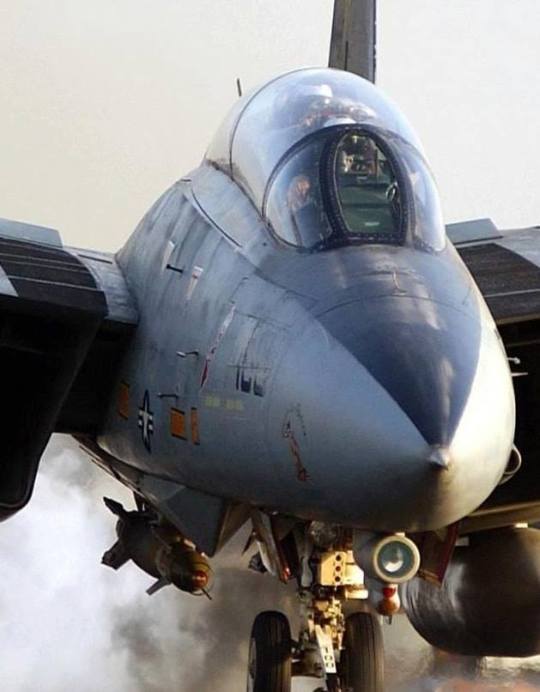
F-14B Tomcat on cat!
554 notes
·
View notes
Photo

https://www.aamora.com/2021/04/08/travels-by-harry-snowden/
This year I published “Travels”. Travels follows my black and white film work from 1978 to the present. Images from as far north as Canada’s Yukon Territory to the desert Southwest of the United States. I used the best bookbinding and printing I could find and chose 78 images. I thought I would share with you some thoughts behind a few of my favorite images. Thank you to Aamora for the invite!
#World inspiration [Original Verse]#the lowlands#original verse#Better to Struggle with the Truth than be Queueless
20 notes
·
View notes
Text
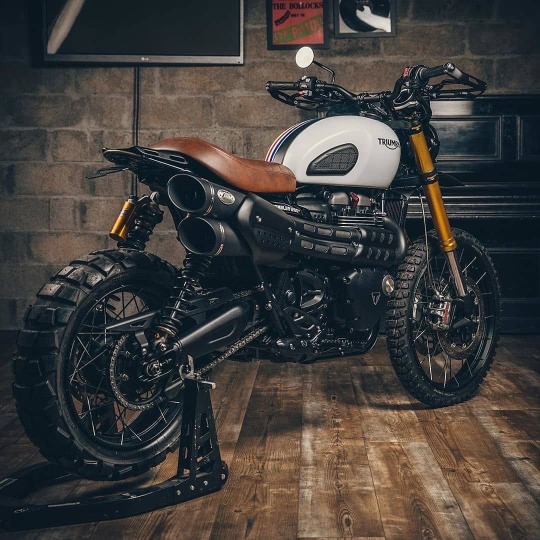
The scrambler pipes, the Triumph tank, the leather seat....an Amazing Soul..
377 notes
·
View notes
Text
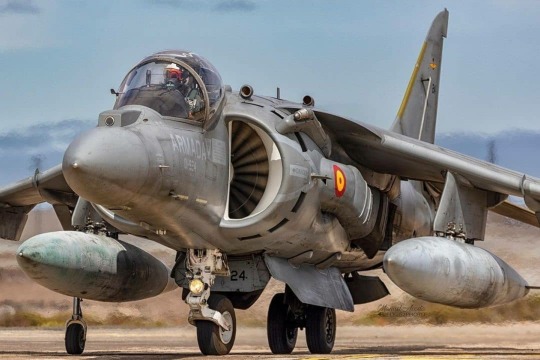
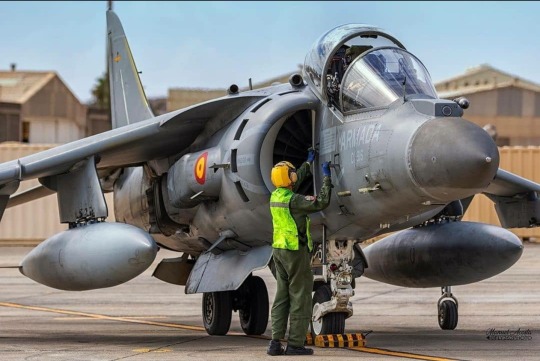
80 notes
·
View notes
Photo







LOPD fighters attack run on M.S. One, Lockout (2012)
13 notes
·
View notes
Photo
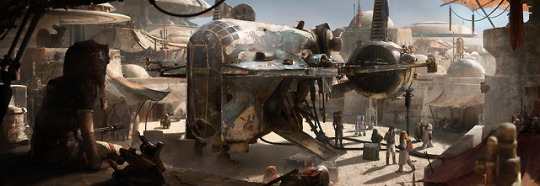
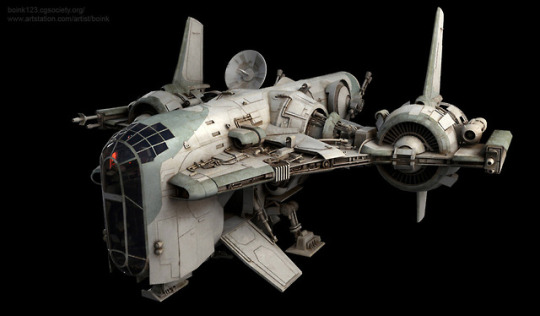
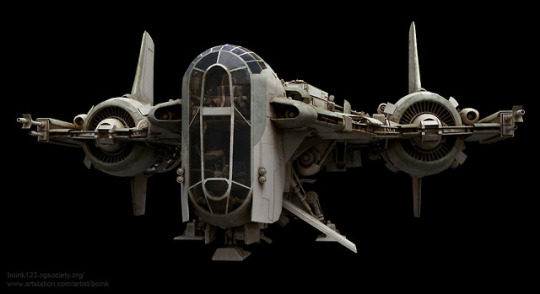
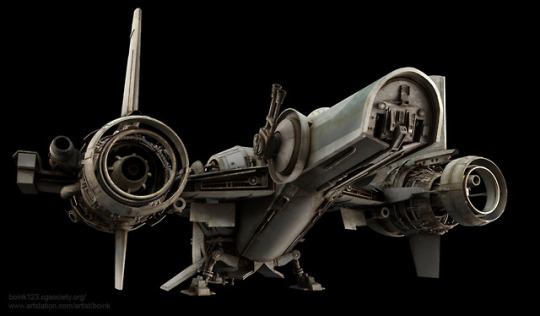
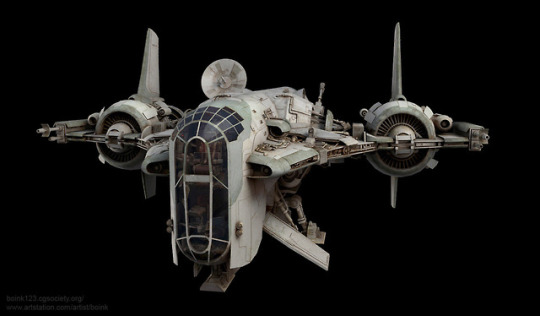
Sci-fi Concept Artworks by Lazar Kacarevic
8 notes
·
View notes
Photo
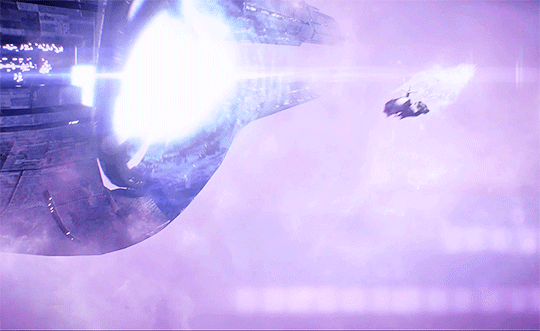
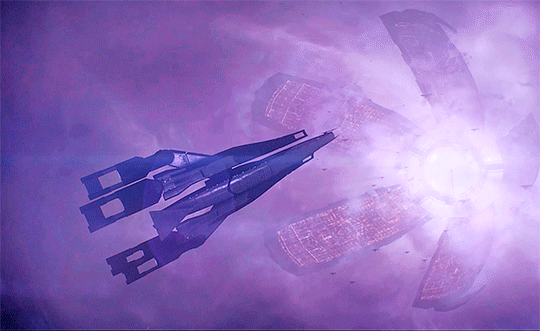
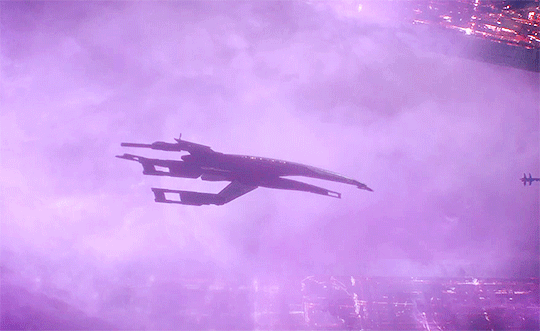

MASS EFFECT LEGENDARY EDITION → [3/∞]
3K notes
·
View notes
Photo


LOPD (Low Orbit Police Department) Fighters, Lockout (2012)
76 notes
·
View notes
Text
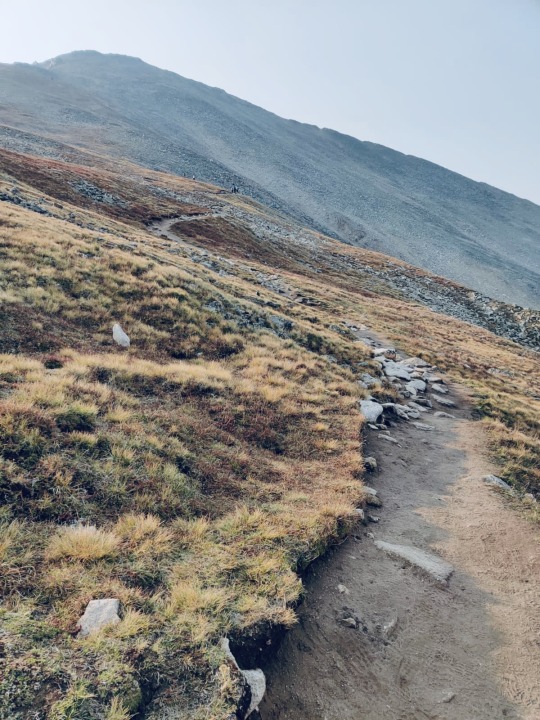
#World inspiration [Original Verse]#original verse#the range#Better to Struggle with the Truth than be Queueless
2 notes
·
View notes
Photo
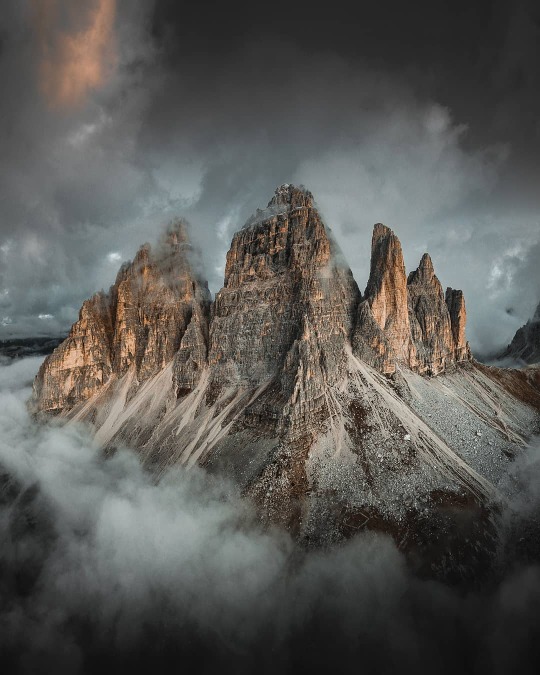
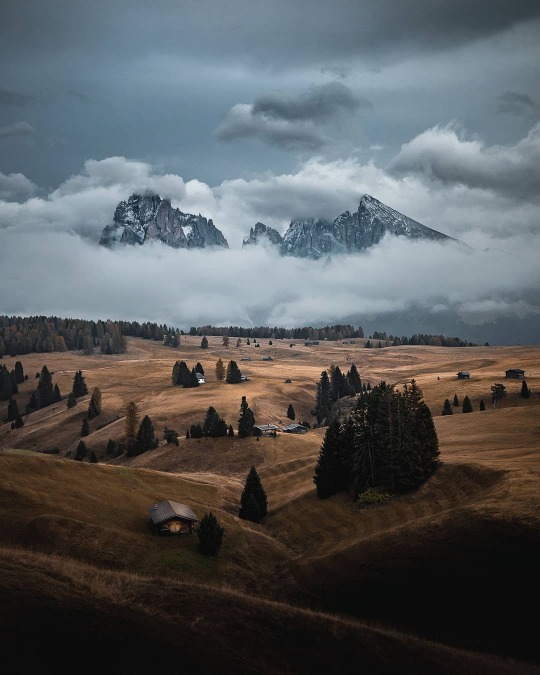
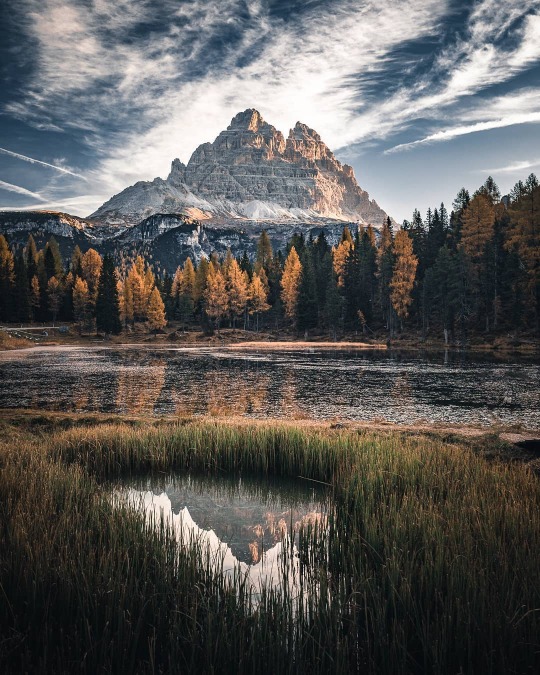

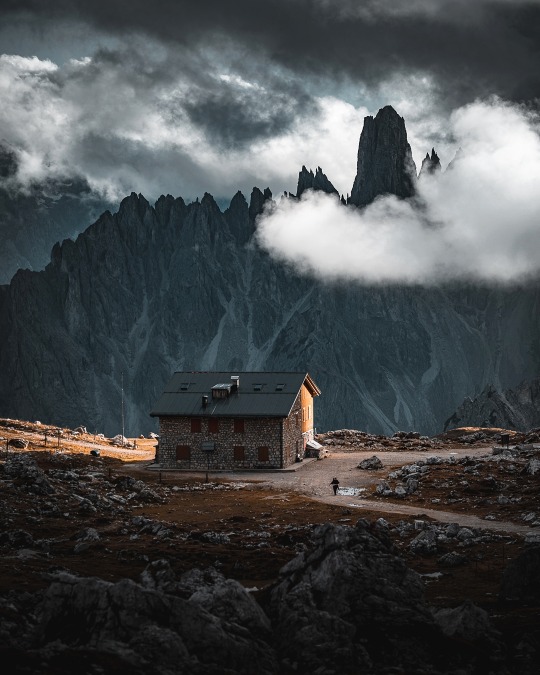
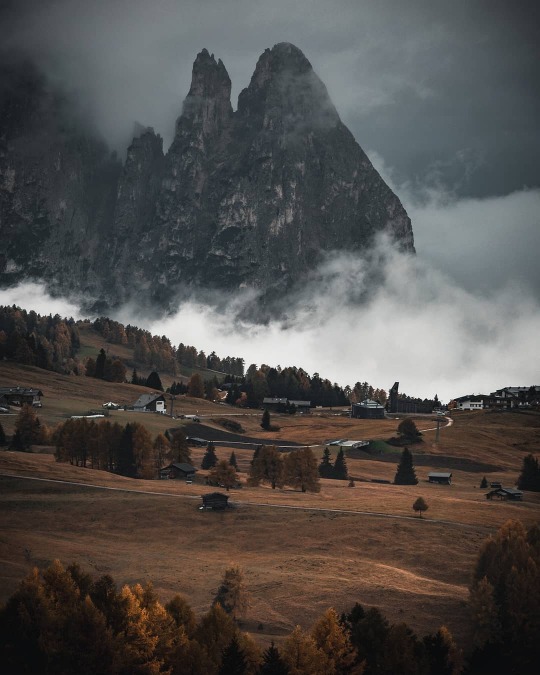
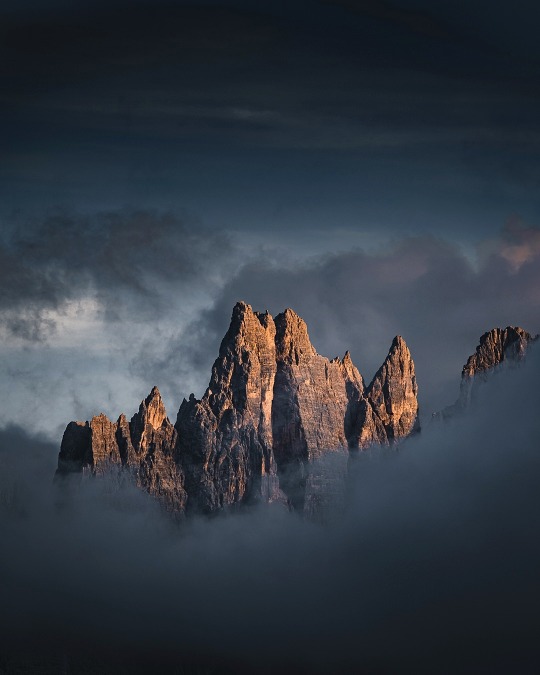
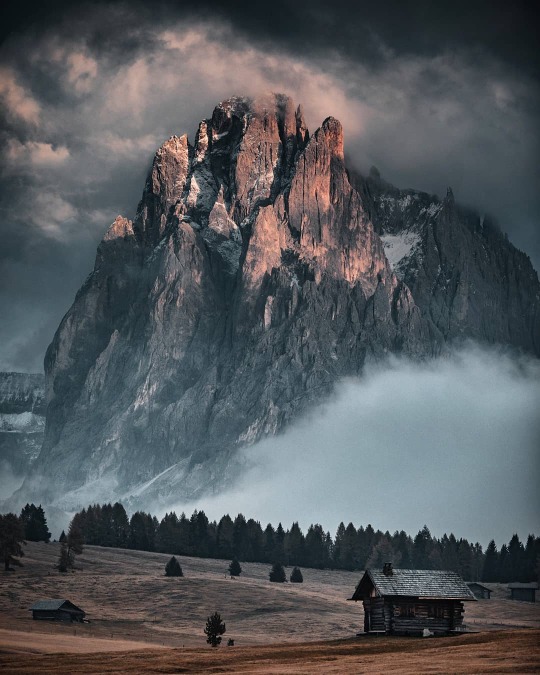
Dolomites italy
© A. Jayashankar
#World inspiration [Original Verse]#the lowlands#the range#original verse#Better to Struggle with the Truth than be Queueless
18K notes
·
View notes
Text
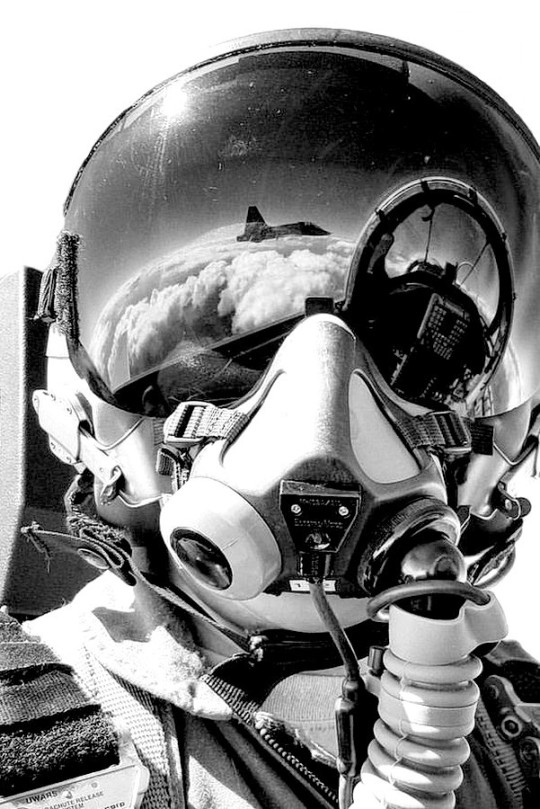
137 notes
·
View notes
Text
I wrote my undergraduate dissertation on matte paintings used in films. If you are unfamiliar of what a matte painting is, it is a painted landscape, set, or distant location that allows filmmakers to create the illusion of an environment that is not real or at present filming location. While many famous matte paintings come from Star Wars, here are some from Star Trek. I encourage to click on these and look at the wonderful detail.
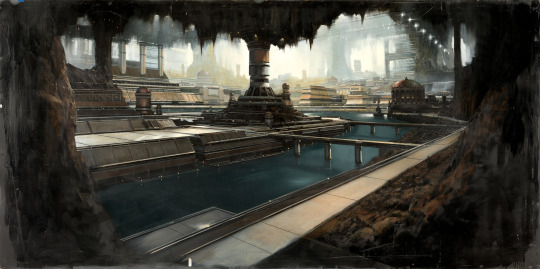
Voyager, Ocompa

Ds9, Cardassia Prime
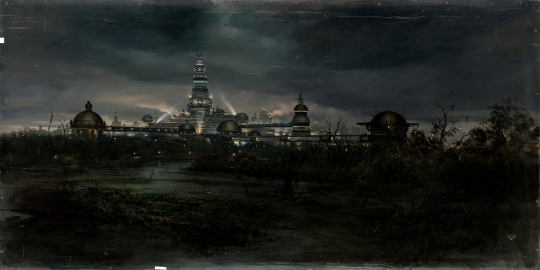
Ds9, Ferenginar

TNG, Klingon First City
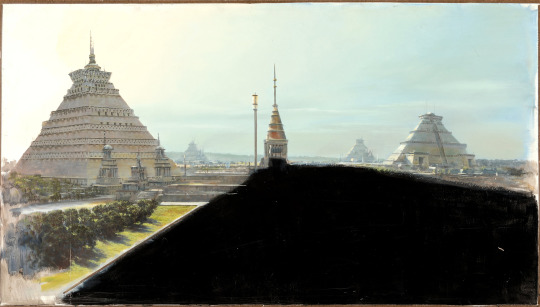
TNG, Ventax
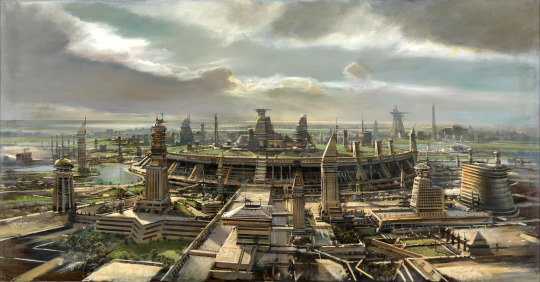
TNG, Romulan Capital
5K notes
·
View notes
Photo
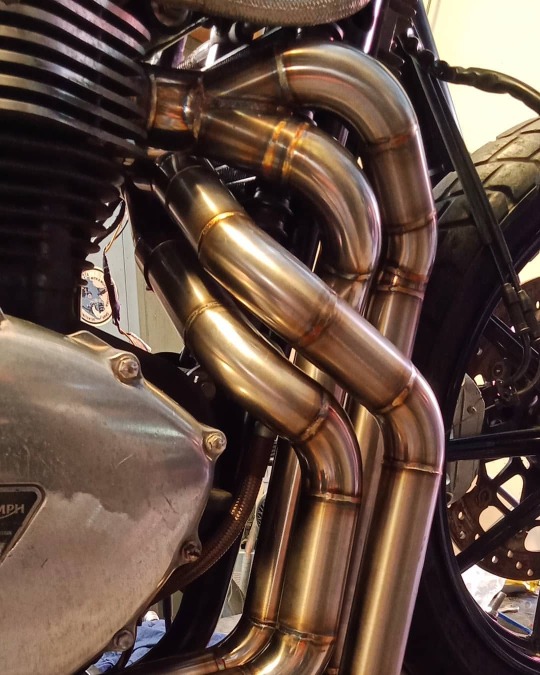
More pipes please sir! . Spotted on the bench @roguemotorcycles
. #triumph #bonneville #custommotorcycle (at Rogue Motorcycles) https://www.instagram.com/p/CNq-ALZhumI/?igshid=7r2y0hibwcqp
60 notes
·
View notes
Text
Legendary Lockheed designer Kelly Johnson's sole documented ride in a Blackbird was in the AT-12 trainer, the Titanium Goose.
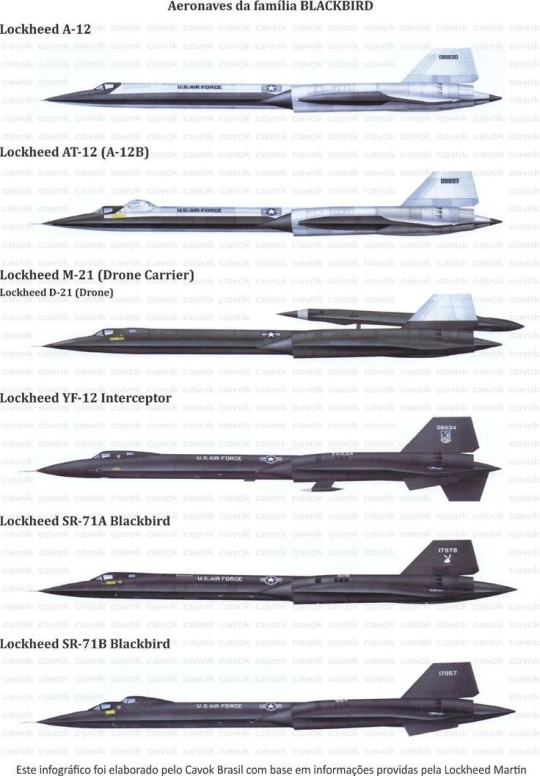
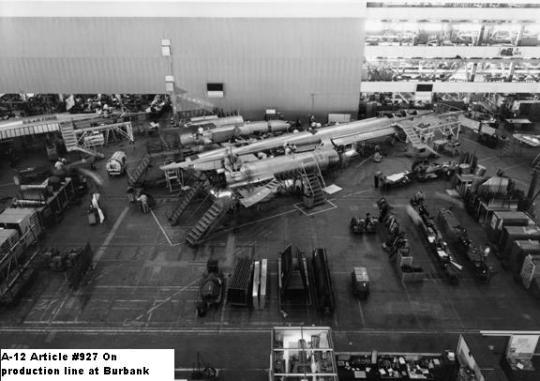
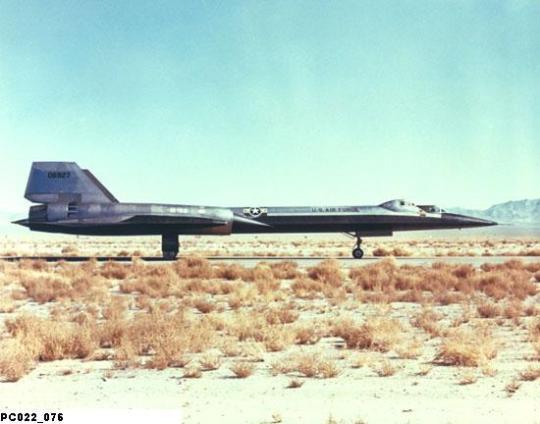
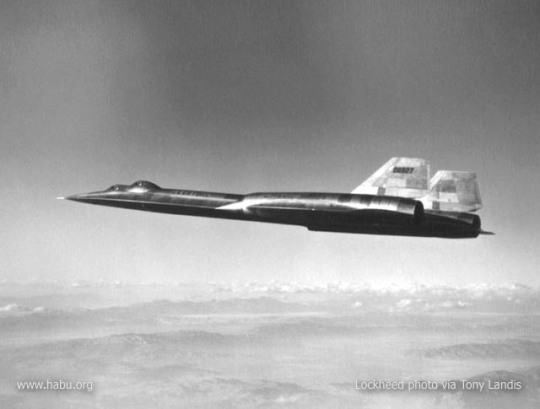

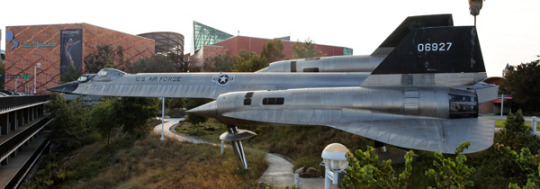
415 notes
·
View notes
Photo

#inspiration#aircrafts#original verse#modern verse#Better to Struggle with the Truth than be Queueless
4K notes
·
View notes
Text
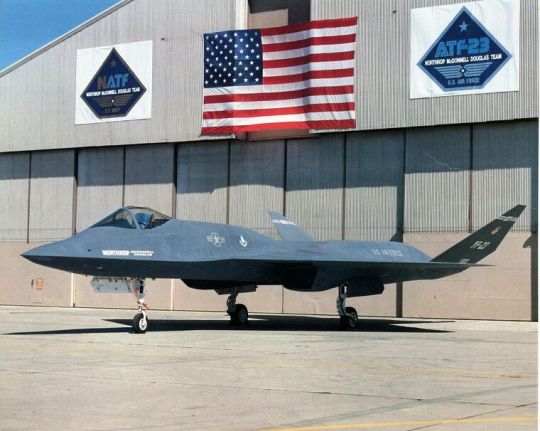
-The Northrop-McDonnell Douglas YF-23 during rollout. | Photo: USAF
FLIGHTLINE: 156 - NORTHROP YF-23 BLACK WIDOW II
Built as part of the USAF's Advanced Tactical Fighter competition, the YF-23 lost out to the YF-22, which was refined into the F-22 Raptor.
Beginning in the early 1980s, the USAF was looking to replace its older fighters in the face of advanced Soviet fighters like the MiG-29 and Su-27. In 1981 the Advanced Tactical Fighter program was formed to develop this new fighter; initially designs from six manufacturers were submitted, by 1985 they were winnowed down to just four: Boeing, Lockheed, Northrop and McDonnell Douglas.
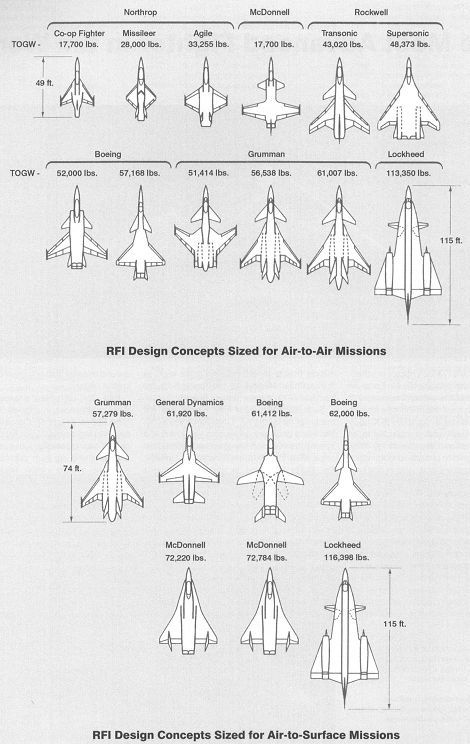
-This table shows various responses to the RFI (Request For Information) which was requested by the USAF for the Advanced Tactical Fighter (ATF) concept. | Illustration: USAF
By late 1984, ATF requirements had settled on a fighter with a maximum takeoff weight of 50,000 pounds, a mission radius of 800 miles, supercruise (supersonic flight without afterburner) speed of Mach 1.4-1.5 and the ability to use a 2,000 feet runway. Emerging technologies including advanced alloys and composite materials, solid-state fly-by-wire/light flight control systems, more powerful, higher efficiency propulsion systems, and low-observable or "stealth" technology were also incorporated to varying degrees. In 1987 the requirement for thrust reversers was deleted, as was a sideways-looking radar, and the runway specification was lengthened to 3,000' all to save weight and trim costs. For the same reasons, an infrared search and track system was downgraded from requirement to goal, and a required "clean-sheet" ejection seat was changed to the existing ACES II. Designs from two contractors, Northrop and Lockheed, were selected in 1986 for a four year demonstration project, the winner of which would be awarded a contract for the USAF's new fighter. Lockheed's design was awarded the designation YF-22, while Northrop's was known as the YF-23.
BLACK WIDOWS AND GRAY GHOSTS
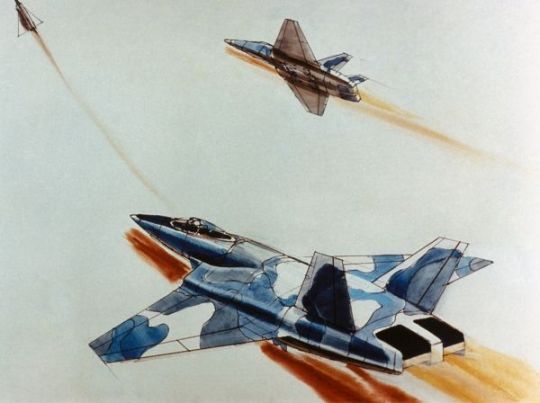
-One of the progenitors of the the YF-23, Northrop's Enhanced Agility Fighter design of 1982. | Illustration: Northrop Corporation
Northrop's ATF design went through a number of iterations between the first RFI in 1981 and the final selection in '86, with ideas from three separate concepts, Co-Op Fighter, Missileer and Agile being merged, blended with the Enhanced Agility concept of 1982, ideas from the YF-17 and F-20, and the low-observable technology developed for the B-2 Spirit and by the Tacit Blue demonstrator.
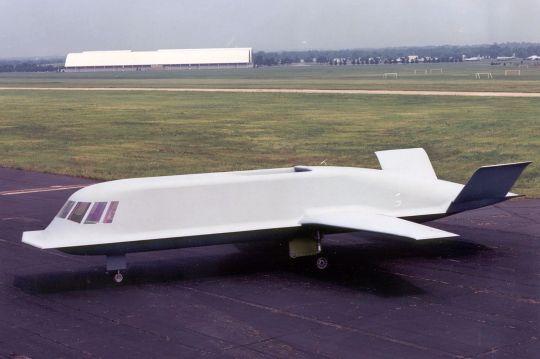
-The Northrop Tacit Blue tech demonstrator at the USAF Museum. | Photo: USAF
The final design was very distinctive, with trapezoidal wings, a flattened, area-ruled fuselage, and an all-moving V tail. The engines were fed by intakes located underneath the fuselage, with curved intakes masking the engine's fan discs. The engine exhausts did not have the thrust vectoring nozzles of the YF-22, but were troughs lined with special tiles to cool the exhaust so as to shield the YF-23 from IR seeking missiles. As is common on tech demonstration aircraft, components of the YF-23s were sourced from existing aircraft, including the nose wheel from an F-15, the main gear from an F/A-18, and cockpit components from an F-15E. As part of the low-observable nature of the aircraft, air-to-air missiles were carried within a bay located ventrally on the fuselage, behind the cockpit. Provisions were also made to mount an M61 canon, but none was fitted for the test program. The YF-23's unique design required a complex control setup as well. Fly-by-wire controls routed through an advanced FCS coordinated the flaps, ailerons and fins, allowing high angle-of-attack maneuvers or aerodynamic breaking as needed.

-Orthograph of the YF-23. | Illustration: Dr Dan Saranga
ROLL OUT AND TAKE FLIGHT!
The first YF-23 (s/n 87-0800), also known as Prototype Air Vehicle 1 (PAV-1), was rolled out on 22 June 1990. PAV-1 maiden, 50 minute flight was on 27 August, while the second YF-23 (s/n 87-0801, PAV-2) made its first flight on 26 October. The first YF-23 was painted charcoal gray and was nicknamed "Black Widow II" after the Northrop P-61 Black Widow of World War II. It briefly had a red hourglass marking resembling the marking on the underside of the black widow spider before Northrop management had it removed. The second prototype was painted in two shades of gray and nicknamed "Spider" and "Gray Ghost" at various points.
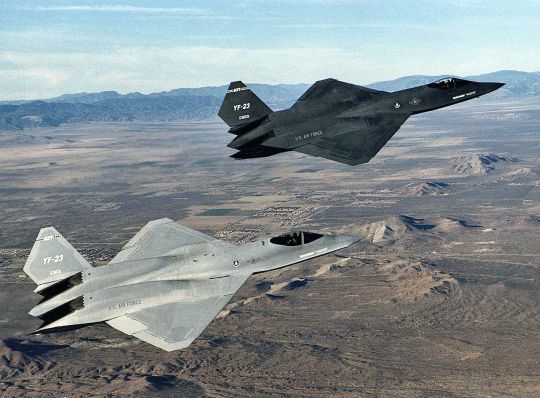
-The Gray Ghost and Black Widow II in flight over the Mojave in 1990. | Photo: NASA-DFRC
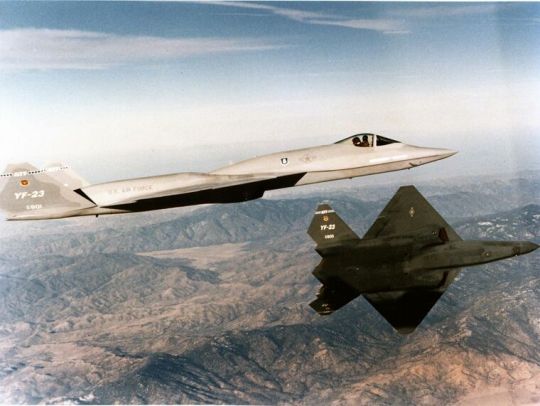
-PAV-1 banks away from the camera ship during this formation flight of the two YF-23s, showing the underside of the Black Widow. | Photo: USAF
PAV-1 was fitted with PW YF119 engines, while PAV-2 had GE YF120 jets; the two aircraft demonstrated the ability to supercruise at Mach 1.6 and 1.58 respectively, and was tested to a acknowledged top speed of Mach 1.8. The actual max speed of the YF-23 is classified, but it estimated to be in excess of Mach 2 at altitude. The design was also proved to be agile, maintaining an angle of attack of 25°. The aircraft did not participate in any weapons test, though they were configured for weapons bay acoustics testing. By the time flight testing concluded in late 1990, the YF-23s completed 50 flights totaling 65 hours.

-Top view of PAV-1 in flight, showing the shape of the wings. | Photo: USAF

-Part of the flight test program involved refueling the YF-23s, in this image PAV-1 takes on fuel from a USAF NKC-135E. | Photo: USAF
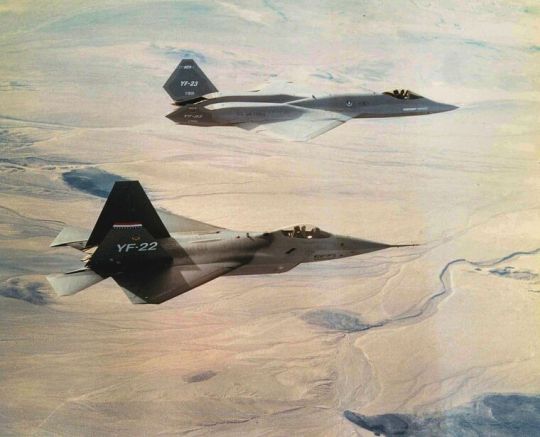
-The YF-22 and YF-23 flying in formation some time in 1990-91. | Photo: USAF
#technology reference#inspiration#modern verse#space verse#aircrafts#Spacecrafts#Better to Struggle with the Truth than be Queueless
88 notes
·
View notes
Text
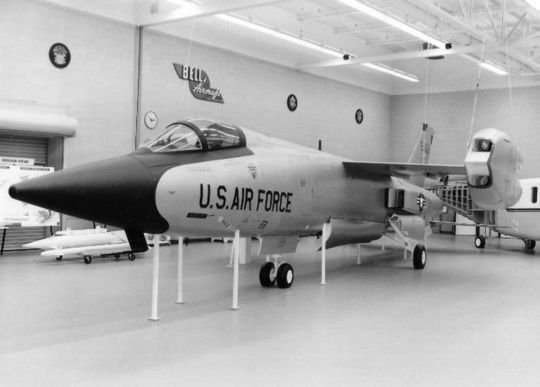
-The mockup Bell D-188A in USAF markings. | Photo: Bell Aircraft
FLIGHTLINE: 157 - BELL D-188/XF-109/XF3L-1
The result of a joint USAF/USN request for a supersonic V/STOL fighter-bomber, the D-188A was canceled before progressing beyond a single mockup.
The genesis of the plane, known internally as Bell Model 2000, was in a 1955 joint request by the Air Force and Navy for a new V/STOL aircraft capable of Mach 2, which would act as a fighter-bomber for the USAF and a fleet defense interceptor for the Navy. The design was highly ambitious and unconventional, with a long fuselage mated to high, short wings that terminated in rotating nacelles holding two engines each. The aircraft would have six or eight J85 engines total depending on the model, four on the wings, two in the tail, and two more optionally in the forward fuselage for vertical thrust. The Navy model would also incorporate a bleed air system to enhance vertical lift and maneuvering.
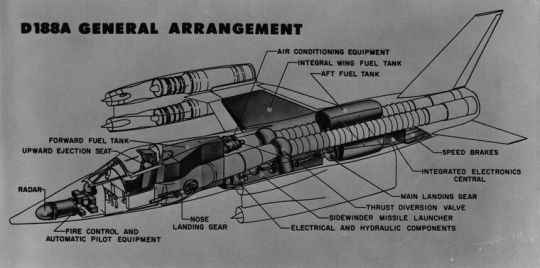
-Cutaway drawing of the six-engined D-188A variant. | Illustration: Bell Aircraft
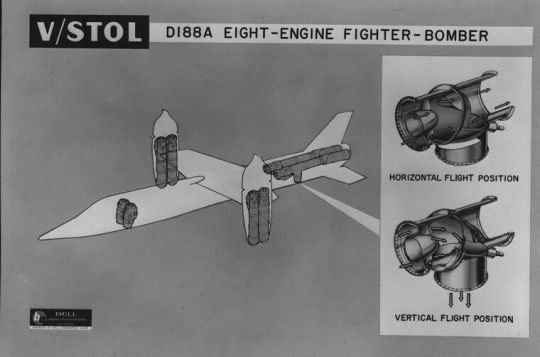
-A more simplified drawing of the eight-engined variant, showing the forward pair of lift jets and the vectoring of the aft nozzles for vertical or horizontal flight. | Illustration: Bell Aircraft
Armaments would have consisted of two or four 20mm cannons as well as an internal weapons bay and provisions for hardpoints on the wings for missiles, rockets or bombs, up to 4,000lbs total. Unrefueled combat range would have been 1,350 miles, with a ferry range of 2,300 miles.
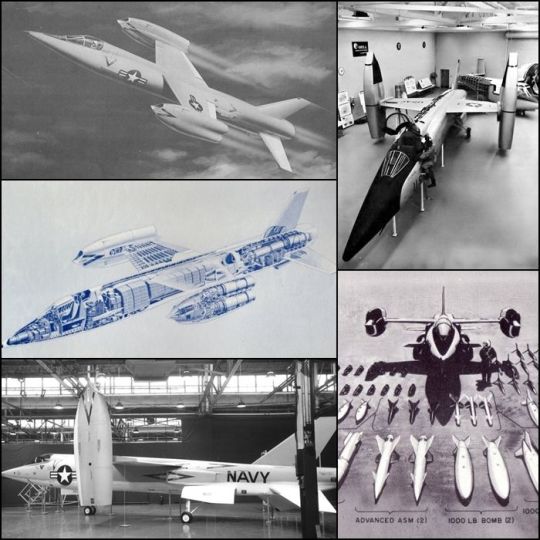
-Photo collage of the the D-188A mockup and concept art. | Illustration: Bell Aircraft
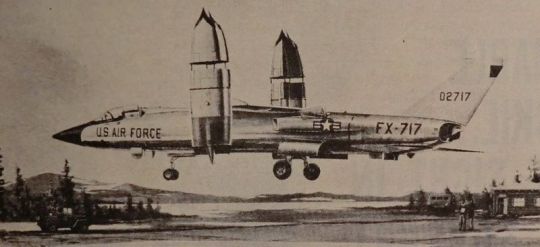
-Concept art of the XF-109 in hover. | Illustration: Bell Aircraft
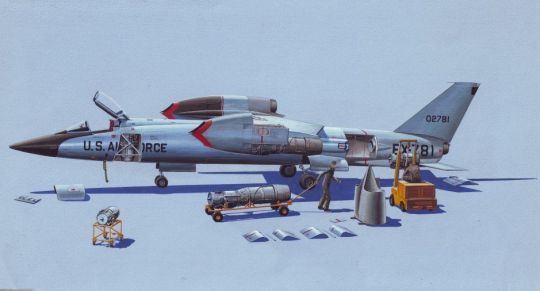
-Bell artwork of a XF-109 undergoing (simplified) maintenance. Taking care of eight jet engines would have been challenging, especially under austere conditions. | Illustration: Bell Aircraft
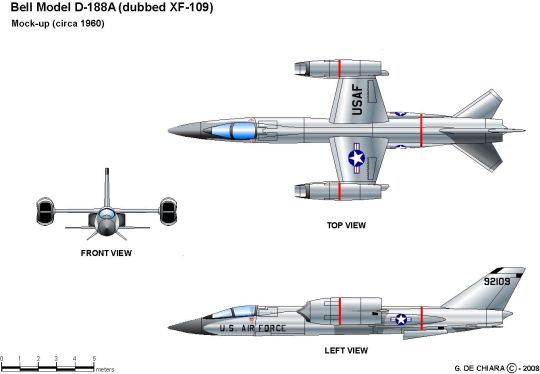
-Orthograph of the XF-109 in the 1960 configuration. | Illustration: G. De Chiara

-Illustration of the XF3L showing the subtle differences in the empennage. | Illustration: G. De Chiara
The mockup was completed in December 1960, and was displayed in both USAF and Navy markings. By this point however, interest in the program had cooled, with first the Navy then the USAF dropping out by 1961. It's unlikely that the plane would have met the somewhat (okay, very) unrealistic performance goals as stated, so an operational D-188/A would likely have been slower, had less range, and/or carried less of a payload.
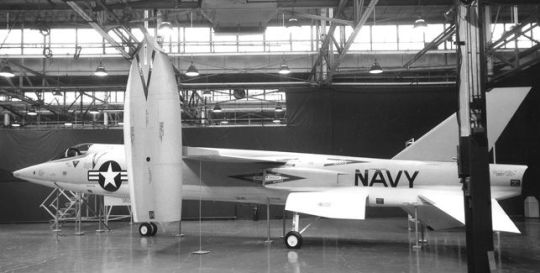
-The D-188A mockup in US Navy markings and with the engine pods in VTOL position. | Photo: Bell Aircraft
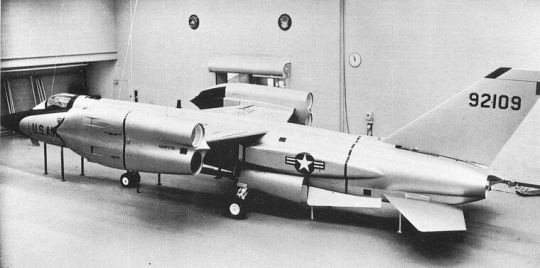
-The D-188A in XF-109 markings. The XF-109/XF3L mockup was a intriguing look at a future that was not to be. | Photo: Bell Aircraft
#reference#technology reference#aircrafts#original verse#modern verse#space verse#Better to Struggle with the Truth than be Queueless
105 notes
·
View notes